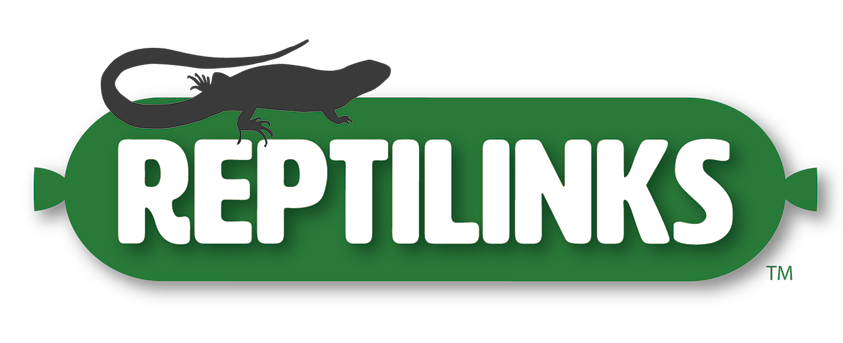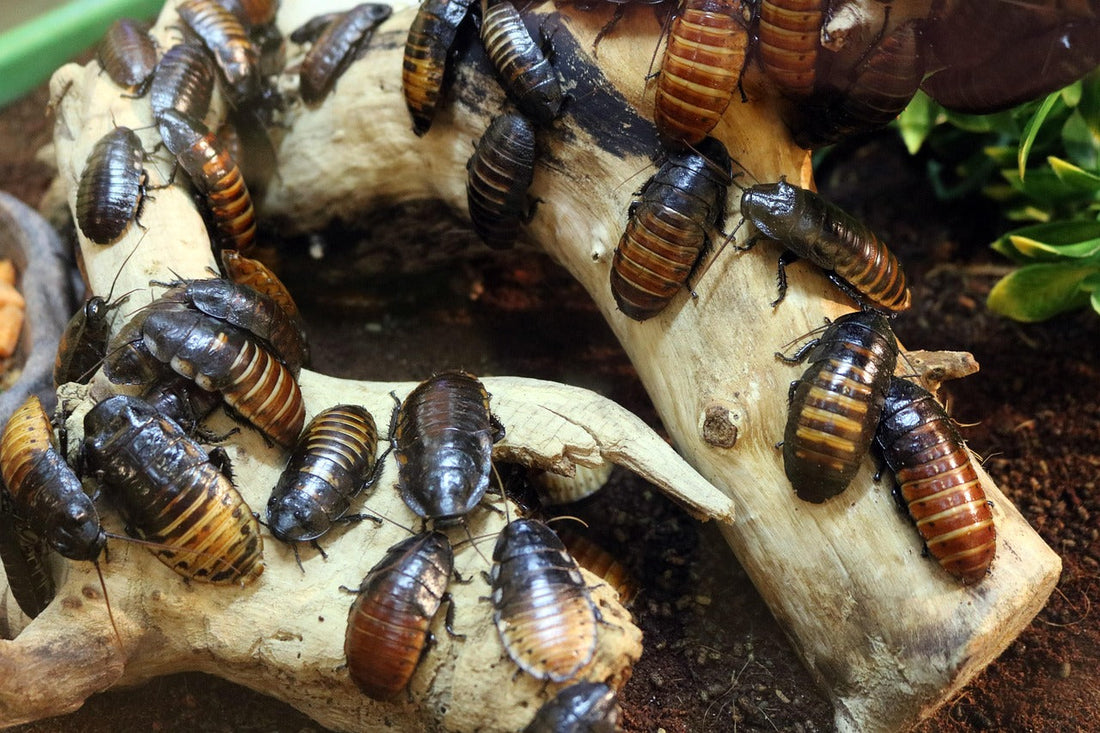Reptiles can live in a variety of environments in the wild, but no matter where they come from, one thing remains the same: they live in a complex web of other creatures. From tiny bugs to threatening predators, any species is exposed to more than just their own solitary company.
As keepers, we can replicate this natural environment in captivity through a bioactive enclosure. Bioactives include cleanup crews—bugs that keep the ecosystem moving. But just like you must take care of your exotic pet, you’ll need to support the other living things in your bioactive to see the most success. Here are some suggestions for how to support a cleanup crew in a bioactive enclosure so the ecosystem continues to thrive.
What’s a CUC?
If you’re new to the world of bioactive enclosures, you might have encountered the term “CUC” before. This stands for cleanup crew, or the various life forms that process waste in a living enclosure. They might eat a pet’s fecal matter, process decomposing plants, or even eat the exoskeletons of other dead insects (or those that have molted). All these services together help to keep an enclosure tidy, provide natural benefits like clean air, and recycle nutrients back into the soil.
As you consider how best to support your CUC, you’ll need to think about what types of helpers you have. Each will benefit from slightly different support practices.
Isopods
These bugs, often called “rolly polies” or pill bugs, come in all sorts of sizes and varieties. Some are suited for high-humidity enclosures (like dairy cows), while others prefer a dry environment (like powder oranges). Isopods prefer to eat decaying organic matter such as plants. If you place wood in the enclosure, such as cork bark, they will gradually consume it over time.
To help your isopods thrive, provide them with a sheltered location that maintains their preferred humidity level. Pieces of textured wood are great options. Provide them with organic food sources, such as leaves, for nutrition. They should have a dark place to retreat to, and make sure that they have some safe locations to shelter from your pet if they’re prone to eating insects!
Springtails
Springtails are a type of hexapod; while they’re not considered insects anymore, they’re often grouped together. These little helpers can be seen with the naked eye, although they’re very small, and they tend to gather in places with some moisture. Springtails eat organic matter and can help clean up decaying material.
To best support a springtail population, provide a moist location. Some varieties of springtails even thrive directly on the surface of water! Give them organic food materials, which may include the small decaying elements of fresh soil. Avoid adding plants that have been treated with pesticides or insecticides, as these can kill the tiny springtails once the chemicals disseminate into the soil.
Worms
In enclosures that rely on soil as the primary substrate, earthworms (or nightcrawlers, depending on the enclosure) can be a welcome addition. It’s likely that you’ll rarely see these helpers, because they burrow down into the soil to constantly eat and process the compounds within.
Worms do best in moist soil, which allows them to remain hydrated and secrete the mucous that keeps them alive. Without that moist outer layer, worms quickly lose the ability to move and can suffocate. Thus, it’s important to offer soil that maintains a consistent level of humidity. Turn the soil frequently to encourage oxygen infiltration. Worms will eat just about any material that is mixed into the soil, so choose organic items that complement your exotic pet’s own diet. For omnivores, feeding eggs and leaving the shells to be incorporated into the dirt provides a great snack for the worms!
Beetles
In enclosures that are not as tolerant of humid conditions, beetles can be a useful alternative. Darkling beetles are scavengers and will consume almost anything they can find, both above the substrate and underneath it.
Hiding places are useful despite the bold confidence of most beetles. Offer textured shelter such as grass, cork, or mulch that provides ventilated cover. The beetles will consume fungi and decaying plants, so make sure there are plenty of food sources or you might have overenthusiastic arthropods trimming your carefully planted vivarium. Choose food options high in moisture, such as cucumber and potato, to help these bugs stay hydrated enough to molt properly. When available, beetles will often consume proteins as well, so clean out old prey items, ground meat, and similar contents quickly.
Roaches
For mid-range to high humidity enclosures, roaches such as dubia and discoids are useful CUC. They will feast on old plant matter and even meats, though they tend not to bother an enclosure’s inhabitant(s). They are very good navigators and will quickly emerge at the first scent of fruit. As one of nature’s most effective nutrient redistributors, roaches will turn most organic matter into waste that can be absorbed back into the soil, nourishing plant roots.
One of the biggest challenges that roaches face in a bioactive enclosure is moisture. They must have locations with sufficient humidity in order to shed their exoskeletons. If your roaches often appear to have tattered wings or abnormally shaped bodies, this could indicate that the humidity is not high enough for them to molt successfully. Some moist areas are also essential so that female roaches can deposit their nymphs. Provide dark, tight places to hide, as roaches tend to cluster together in nooks and indentations. The regular food waste from most pets will provide the nutrition sources they need, but be sure to offer a varied diet from time to time.
Spiders
When most people think of cleanup crews, they tend to forget the humble spider. While these visitors are not usually introduced on purpose, they can be a boon to many types of enclosures. Spiders are often underappreciated for their tight control on unwanted bug populations. Bioactive enclosures are prone to outbreaks of intruders such as fruit flies and gnats, who also opportunistically feast upon the debris that the CUC rely on. Spiders can keep their numbers in check.
If you’d like to support a spider population in your bioactive, provide sturdy, secluded areas that are not prone to movement (such as décor shaking or your pet walking through). Many spiders make their webs at the top corners of bioactives, so be sure not to clutter these areas. Avoid fly traps and sticky tape, which can be useful in catching gnats but may also trap spiders.

